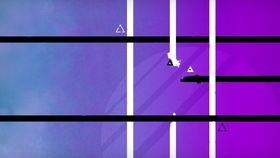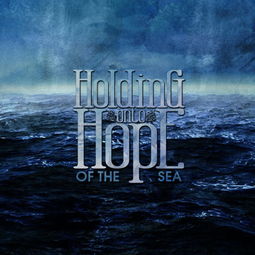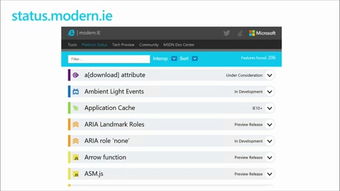Content:
Fishing has always been a beloved pastime for many, offering relaxation, adventure, and the thrill of the catch. Among the various fish species, the large carp is a highly sought-after prize for anglers. However, catching a large carp requires patience, skill, and a deep understanding of the fish's behavior. In this article, we will share expert tips from the fishing masters on how to hook a big carp with ease.
Choose the Right Gear
The first step to catching a large carp is to ensure you have the appropriate gear. The following are essential equipment items for targeting big carp:

- A sturdy rod with a medium to heavy action: A rod with a medium to heavy action will provide the necessary backbone to handle the strong, powerful pulls of a large carp.
- A suitable reel with a good drag system: A reel with a smooth, reliable drag system is crucial for maintaining tension on the line without snapping it during the fight.
- High-quality line: Use a monofilament line with a breaking strain of at least 15 pounds to ensure it can withstand the pressure from a large carp.
- Large hooks: Big carp require large hooks, typically ranging from size 4 to 8, depending on the size of the bait and the carp's habitat.
- Artificial or live bait: Choose a bait that is known to attract carp, such as corn, bread, boilies, or worms.
Scout the Pond
Before setting out to fish for large carp, it is essential to scout the pond and identify potential hotspots. Look for areas with deep water, submerged logs, reeds, or overhanging trees, as these spots are often preferred by large carp. Pay attention to the structure of the pond and any visible signs of carp activity, such as feeding marks or disturbed vegetation.
Present Your Bait Properly
Once you have found a suitable spot, it is crucial to present your bait in a way that triggers the carp's interest. Here are some tips for successful bait presentation:
- Use a slow and steady retrieve: Carp are slow-moving fish, so a slow retrieve will allow your bait to sink naturally and imitate real food.
- Vary your retrieve: Mix up your retrieve pattern by occasionally pausing your bait, twitching it, or giving it a short, sharp pull to mimic the movement of a struggling insect or small fish.
- Pay attention to the depth: Ensure your bait is at the right depth by adjusting your weight or the distance from the hook to the bait.
Patience is Key
Catching a large carp requires patience. It can take hours, or even days, before you get a bite. Stay focused and maintain your composure, as sudden movements or excessive excitement can spook the fish. Here are some tips to help you stay patient:
- Position yourself comfortably: Find a comfortable spot to sit or stand and try to minimize your movements.
- Keep distractions to a minimum: Turn off your phone and avoid loud noises that could spook the fish.
- Take breaks: If you find yourself getting frustrated or tired, take a break and clear your mind.
Master the Fight
When you finally hook a large carp, the fight can be exhilarating but also challenging. Here are some tips to help you master the fight:
- Keep tension on the line: Apply steady pressure to the line without pulling too hard, as this can cause the carp to become tangled or snap the line.
- Use a landing net: Once the carp is close to the shore, use a landing net to safely guide the fish into your hands.
- Handle the fish with care: Avoid squeezing the fish's body or removing the hook until you are sure you have a firm grip.
In conclusion, catching a large carp requires skill, patience, and the right approach. By following these expert tips from the fishing masters, you will be well on your way to reeling in the big one. Remember, the journey is just as important as the catch, so enjoy the process and embrace the challenges that come with fishing for large carp. Happy fishing!












